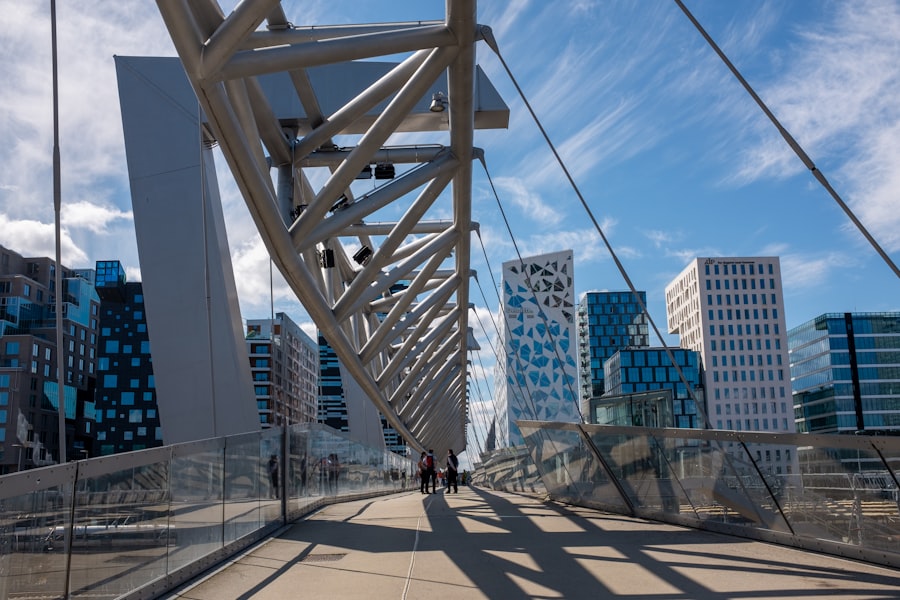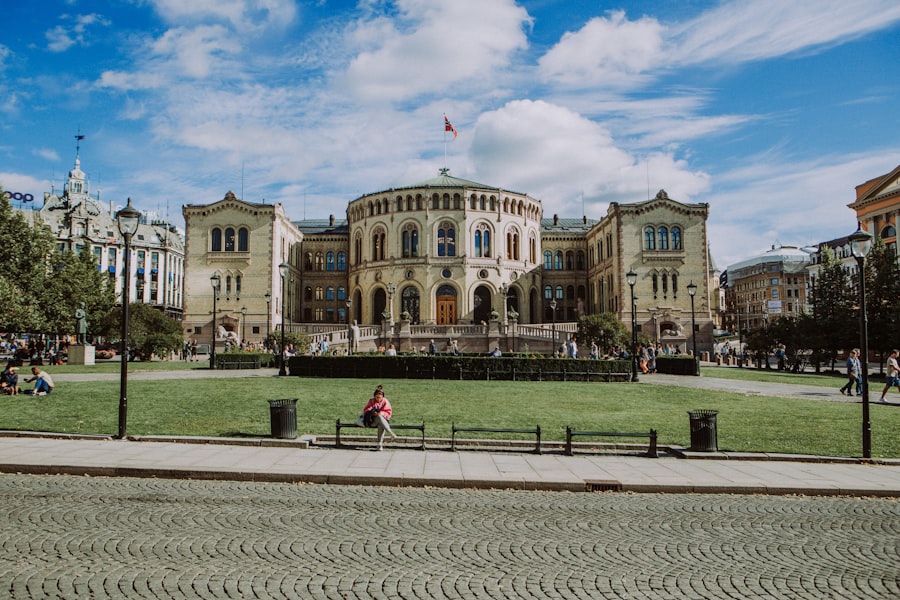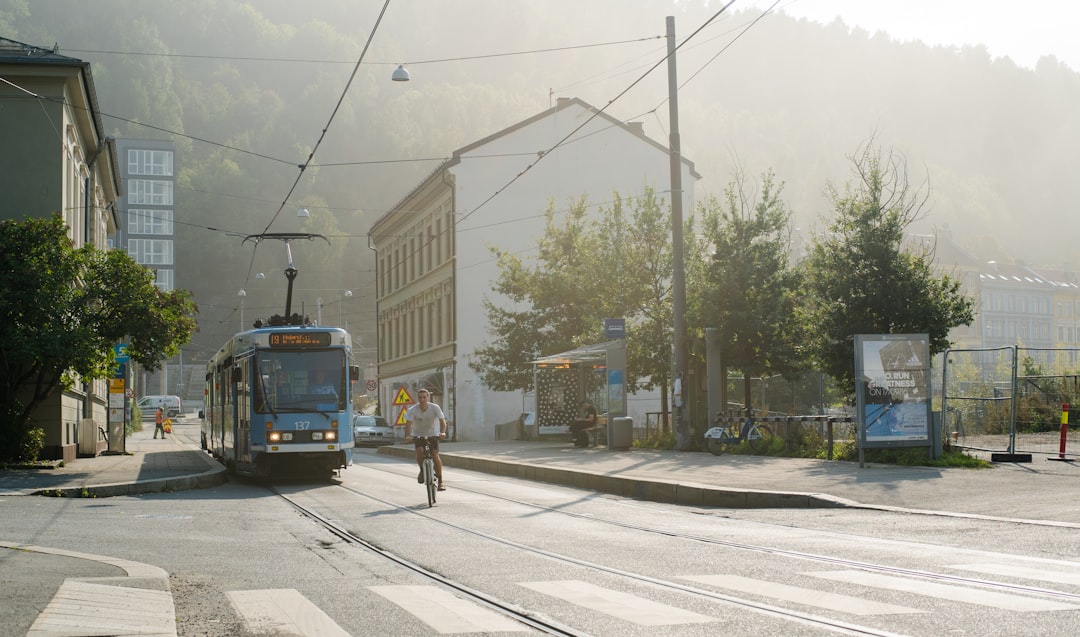The Barnehage system in Norway is a cornerstone of early childhood education, designed to provide children aged one to six with a nurturing environment that promotes learning through play. The term “Barnehage” translates to “kindergarten” in English, but it encompasses much more than just a place for children to be cared for while their parents work. The Norwegian Barnehage system is rooted in the belief that early childhood education should be accessible to all children, regardless of their background.
This commitment is reflected in the high enrolment rates and the emphasis on quality care and education. In Norway, Barnehager can be publicly or privately operated, with the majority being publicly funded. This ensures that families have access to affordable childcare options.
The curriculum is designed to foster creativity, social skills, and emotional development, with a strong focus on play-based learning. The philosophy behind this approach is that children learn best when they are engaged and having fun, allowing them to explore their interests and develop a love for learning from an early age. Take the first step. Book a consultation with the Norway Relocation Group for your move to Norway.
Summary
- The Barnehage system in Norway focuses on early childhood education and care, with an emphasis on play-based learning and outdoor activities.
- When choosing a Barnehage for your child, consider factors such as location, facilities, staff qualifications, and the overall philosophy of the institution.
- Play is considered a crucial aspect of learning in Norwegian Barnehage, as it helps children develop social, emotional, and cognitive skills.
- Outdoor activities play a significant role in Barnehage, with children spending a considerable amount of time exploring nature and engaging in physical play.
- Navigating the language barrier in Barnehage can be facilitated by seeking out multilingual staff and encouraging language exposure at home.
Finding the Right Barnehage for Your Child
Choosing the right Barnehage for your child can be a daunting task, especially for new parents navigating the Norwegian education system. It is essential to consider various factors, such as location, size, and the specific values and teaching philosophies of each institution. Many parents begin their search by seeking recommendations from friends, family, or local parenting groups.
Visiting potential Barnehager in person can also provide valuable insights into the environment and the staff’s approach to childcare. When evaluating a Barnehage, it is crucial to observe how the staff interacts with the children and whether they create a warm and welcoming atmosphere. Additionally, consider the activities offered and how they align with your child’s interests and needs.
Some Barnehager may focus more on outdoor activities, while others may emphasise arts and crafts or language development. Ultimately, finding a Barnehage that resonates with your family’s values and your child’s personality will contribute significantly to a positive early childhood experience.
The Importance of Play in Norwegian Barnehage

Play is at the heart of the Norwegian Barnehage experience, serving as a fundamental tool for learning and development. The Norwegian educational framework recognises that children learn best through play, allowing them to explore their surroundings, develop social skills, and express their creativity. In Barnehager, play is not merely a pastime; it is an essential component of the curriculum that fosters cognitive, emotional, and physical growth.
Through various forms of play—be it imaginative role-playing, building with blocks, or engaging in group games—children develop critical thinking skills and learn to navigate social dynamics. The emphasis on play also encourages children to take risks and experiment, which are vital components of their overall development. In this nurturing environment, children are free to express themselves and learn at their own pace, laying a solid foundation for future educational endeavours.
The Role of Outdoor Activities in Barnehage
Outdoor activities are an integral part of the Barnehage experience in Norway, reflecting the country’s deep connection to nature and the outdoors. Children are encouraged to spend significant time outside, regardless of the weather conditions. This approach not only promotes physical health but also fosters a sense of adventure and exploration.
Outdoor play allows children to engage with their environment, develop gross motor skills, and cultivate an appreciation for nature. Barnehager often have designated outdoor spaces equipped with climbing structures, sandpits, and natural elements like trees and rocks for children to explore. Additionally, many institutions organise regular excursions to parks, forests, or beaches, providing children with opportunities to learn about their surroundings in a hands-on manner.
This emphasis on outdoor activities not only enhances physical well-being but also contributes to emotional resilience as children learn to adapt to different environments and weather conditions.
Navigating the Language Barrier in Barnehage
For expatriate families or those who speak languages other than Norwegian at home, navigating the language barrier in Barnehage can be a concern. However, many Barnehager are accustomed to working with children from diverse linguistic backgrounds. Staff members often employ various strategies to support language development among non-Norwegian speakers.
This may include using visual aids, gestures, and engaging in interactive activities that promote language acquisition. Moreover, being immersed in a Norwegian-speaking environment can significantly benefit children’s language skills. As they interact with peers and caregivers in Norwegian, they naturally pick up vocabulary and phrases over time.
Parents can also support their child’s language development by incorporating Norwegian into daily routines at home or engaging with local community resources that offer language classes or playgroups.
Nutrition and Mealtime in Norwegian Daycare

Nutrition plays a vital role in the daily routine of Barnehager in Norway. Meals are typically provided on-site, ensuring that children receive balanced and healthy food options throughout the day. The emphasis on nutrition reflects Norway’s commitment to promoting healthy eating habits from an early age.
Menus often include fresh fruits, vegetables, whole grains, and lean proteins, catering to various dietary needs and preferences. Mealtimes in Barnehager are not just about nourishment; they also serve as an opportunity for social interaction and learning about table manners. Children are encouraged to participate in setting the table and cleaning up after meals, fostering a sense of responsibility and teamwork.
This communal aspect of mealtime helps children develop social skills while enjoying nutritious food together.
Cultural and Social Integration in Barnehage
Barnehager play a crucial role in fostering cultural and social integration among children from diverse backgrounds. In Norway’s multicultural society, it is essential for children to learn about different cultures and traditions from an early age. Many Barnehager celebrate various cultural events throughout the year, providing opportunities for children to share their heritage while learning about others.
This cultural exchange not only enriches children’s understanding of the world but also promotes empathy and respect for diversity. Through collaborative activities such as storytelling, music, and art projects that reflect various cultural influences, children develop a sense of belonging within their community. This inclusive approach helps create a harmonious environment where all children feel valued and accepted.
Parental Involvement in Barnehage
Parental involvement is highly encouraged within the Barnehage system in Norway. Many institutions actively seek ways to engage parents in their child’s education through regular communication and participation in events or activities. This collaboration between parents and educators fosters a strong sense of community and ensures that children’s needs are met both at home and in the Barnehage setting.
Parents are often invited to attend meetings or workshops that provide insights into the curriculum and teaching methods used in Barnehager. Additionally, many institutions organise family events where parents can connect with one another while participating in fun activities with their children. This involvement not only strengthens the bond between parents and educators but also enhances children’s overall experience in Barnehage.
The Cost of Barnehage and Subsidies Available
The cost of attending a Barnehage can vary depending on factors such as location and whether it is publicly or privately operated. However, Norway’s commitment to accessible childcare means that many families benefit from government subsidies that help offset costs. These subsidies are designed to ensure that all families can afford quality early childhood education without financial strain.
Parents can apply for financial assistance based on their income level and family size, making it easier for them to access childcare services. Additionally, some municipalities offer reduced fees for families with multiple children enrolled in Barnehage or those facing financial hardship. Understanding these options can significantly alleviate concerns about childcare expenses while ensuring that children receive quality education during their formative years.
The Transition from Barnehage to Primary School
The transition from Barnehage to primary school is an important milestone for both children and parents alike. In Norway, this transition typically occurs when children reach the age of six. To facilitate this process, many Barnehager work closely with local primary schools to ensure a smooth handover of information regarding each child’s development and needs.
During this transition period, educators often focus on preparing children for the more structured environment of primary school by introducing them to basic academic concepts while continuing to emphasise play-based learning. Parents are encouraged to participate in discussions about their child’s readiness for school and any concerns they may have regarding this significant change. By fostering open communication between families and educators, both parties can work together to support children’s successful adjustment to primary school life.
Tips for Making the Most of Your Child’s Barnehage Experience
To ensure that your child has a fulfilling experience in Barnehage, there are several strategies parents can employ. Firstly, maintaining open lines of communication with educators is essential; regular check-ins can provide valuable insights into your child’s progress and any areas where they may need additional support. Additionally, being involved in your child’s daily routine—such as discussing what they did at Barnehage—can help reinforce their learning experiences at home.
Encouraging your child to engage with peers during playtime is also vital for developing social skills and building friendships. Organising playdates outside of Barnehage can further strengthen these connections while allowing parents to build relationships within the community. Lastly, embracing the Norwegian culture by participating in local events or traditions can enrich your family’s experience while helping your child feel more connected to their surroundings.
In conclusion, enrolling your child in a Norwegian Barnehage offers numerous benefits that extend beyond mere childcare; it provides a holistic approach to early education that prioritises play-based learning, outdoor activities, cultural integration, and parental involvement. For those looking to enhance their understanding of Norwegian culture while ensuring their child thrives in this nurturing environment, consider enrolling in Norwegian courses at the NLS Norwegian Language School in Oslo. These courses will equip you with essential language skills that will not only aid your communication within the Barnehage but also deepen your connection with the local community as you embark on this exciting journey together as a family.
Learn more about the Norwegian classes at the NLS Norwegian Language School in Oslo

